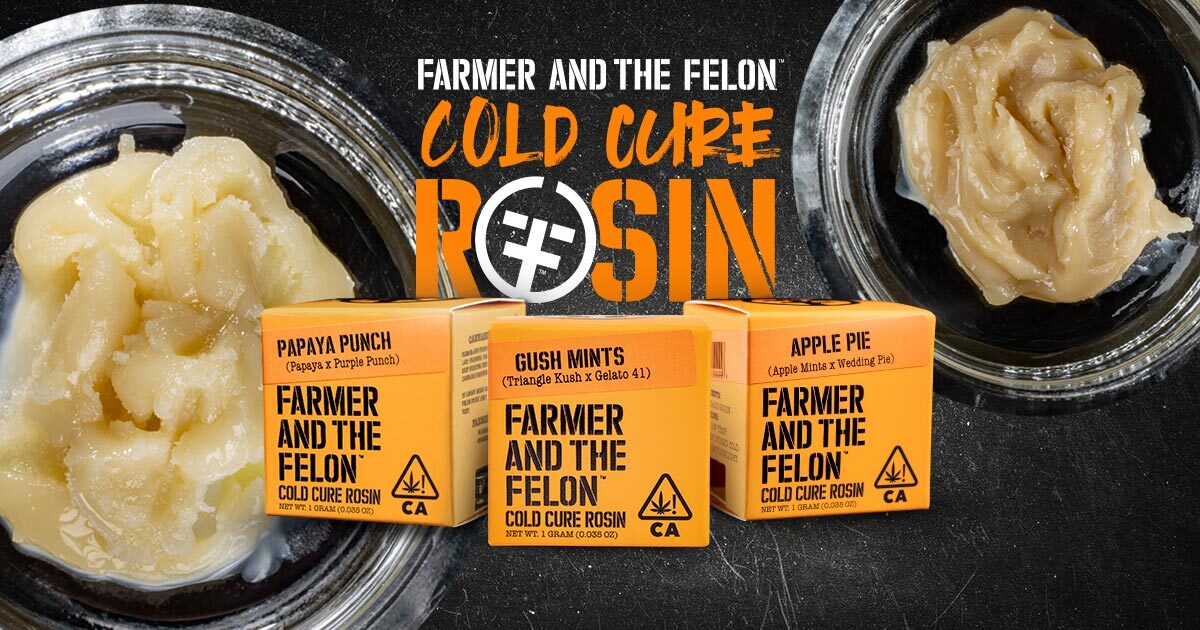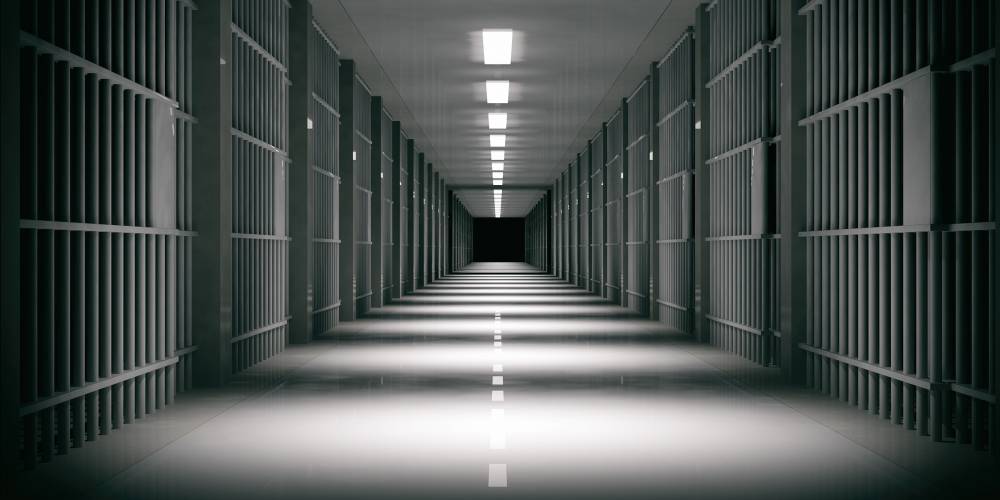By Bill Weinberg
In a classic case of “good news, bad news,” a national study finds that even as overall incarceration rates have dramatically dropped over the past decade, drug arrest rates have remained high—and racial inequalities have persisted. While disparities have decreased, as have overall cannabis arrests—a big uptick in meth arrests is taking up the slack.
Political space for cannabis reform has expanded greatly over the past decade, and there is a growing emphasis on legalization models crafted to consciously correct the injustices of prohibition and the War on Drugs. But to what extent has this shift actually been felt in terms of arrests and incarceration?
A new study by the Pew Charitable Trusts examines national data from law enforcement between 2009 and 2019. It finds that drug arrests stayed high even as overall imprisonment fell over this period. Racial disparities in enforcement also dropped—but still remained significant.
The study sees divergent trends—high arrest rates but substantially reduced incarceration. It also notes a lack of treatment options, and high mortality rates among those suffering from dependence on illicit drugs.
Looking back, two generations after Nixon
The study begins by recalling that it has now been 50 years since President Nixon declared drug abuse “public enemy number one.” Prompted by this push, Congress passed legislation to expand treatment and research—but also toughened penalties. This was emulated by state governments in the national campaign that became known as the “War on Drugs.” The harsher penalties led to a 1,216% increase in the state prison population for drug offenses—from 19,000 in 1980 to 250,000 in 2008.
And while prison populations have since declined, the number of those incarcerated for drug offenses remains substantially larger than in 1980—more than 171,000 in 2019. And despite (or because of) this, drug misuse and its harms have continued to grow.
This appears to bear out prior research that found no relationship between drug imprisonment rates and drug use or drug-overdose deaths. From 2009 to 2019, the overdose death rate in the United States more than tripled.
During the decade studied, possession arrests held steady at more than a million a year—a stark contrast with the reduction in overall arrests, which dropped 29%.
Racial disparities in drug enforcement did decline in the period studied. Arrests of Black people for drug offenses fell by 37%, more than three times the drop among whites. Increased arrests of white folk for possession of methamphetamine offset declines in cannabis arrests, and drove the reduction in racial disparities.
The numbers admitted to and held in state prisons for drug offenses both fell by about a third, accounting for 61% of the overall reduction in prison populations. The decline in the number of Black people incarcerated for drug offenses made up 48% of the drop in the prison population.
In more disturbing news, drug-and-alcohol-related mortality rates increased fivefold in the nation’s prisons despite the decreases in the number imprisoned for drug offenses.
The study states: “These trends indicate both an ongoing reliance on the criminal legal system to address drug misuse and that this strategy is costly and ineffective. Meaningful reductions in total drug arrests and drug-related deaths may not be achieved without shifting to a public health response that prioritizes evidence-based treatment approaches.”
Persisting, if reduced racial disparity
Arrests for drug possession changed little during the study period, declining by less than one half of one percent. However, the numbers of people admitted to and held in prison for drug offenses fell by roughly a third during the same period.
More than 1.5 million people were arrested for drug offenses in 2019, accounting for one in 10 arrests nationwide – more arrests than any other crime category. Property crime, simple assault, and DUI each saw just over a million arrests—roughly two-thirds the number for drug possession arrests, violent crimes only a third. About 87% of drug arrests were for possession, while the rest were for sale or manufacturing.
Few of those arrested receive treatment while incarcerated—while the drug-and-alcohol-related mortality rate behind bars greatly increased—from nine in 100,000 in 2009 to 26 in 100,000 in 2019.
Possession arrest numbers dropped by just 0.4%, or less than 6,000 between 2009 and 2019. By comparison, arrests for all other offenses dropped by more than 25%. Arrests did fall by 32% for sales and manufacturing. That decline translated to only three percent of the drop in total arrests. However, because most of those in prison for drug offenses by 2019 were there for sales and manufacturing, the large decline in these arrests may have contributed to the overall decrease in prison admissions for drugs.
Different rates of decline changed the racial composition of drug arrests. Between 2009 and 2019, arrests of white individuals for drug offenses fell by 11%, while the number of Black folk arrested for drug offenses dropped by more than three times that percentage—37%.
Black adults comprised 35% of drug arrests in 2009, compared with 27% in 2019. Despite this shift, disparities persisted. Even in 2019, Black people made up 12% of the US adult population but more than twice that share of adult drug arrests.
White powders and white people
In encouraging news for weed fans, the study notes the FBI’s estimate that annual cannabis arrests dropped by more than 258,000 between 2009 and 2019. Methamphetamine possession arrests followed the opposite trend, increasing by about 240,400 over this period.
Although cannabis accounted for 37% of possession arrests in 2019, that represented a substantial drop from the 56% in 2009. In contrast, possession arrests for methamphetamine virtually doubled over that span, coming to rival those for cannabis, while arrests for possession of opioids and cocaine hardly changed over the same decade.
The study stipulates that racial disparities in drug arrests decreased over those 10 years in large part “because of different racial profiles among methamphetamine and marijuana arrests.” White individuals continued to make up a dominant share of the rapidly increasing number of methamphetamine arrests, while Black individuals made up a minority but growing share of the decreasing cannabis arrests.
Arrests for methamphetamine increased at a greater rate among white than Black folk—94% versus 49%. And although cannabis arrests dropped among both white and Black folk, such arrests dropped more among white people. This caused the share of cannabis arrests involving Black individuals—who comprise only about 13% of the US population—to rise from 32% to 37%. Meanwhile, the proportion involving white people dropped from 67% to 58%.
Fifty years is enough
Despite the progress over the years studied, there are disturbing consistencies. The study indicates that the US “continued to rely heavily on the criminal legal system to address substance misuse through at least 2019.” That year, drug offenses accounted for about one in 10 arrests, including more than a million for possession—and roughly the same share of people in prison, totaling more than 143,000 individuals.
“Fifty years of arresting and incarcerating people for drug offenses has produced poor public health and safety outcomes for society, particularly communities of color,” the study concluded. “More reforms are needed to further cut states’ reliance on arrest and incarceration for addressing substance misuse and to ensure a more equitable criminal legal system for all Americans.”

